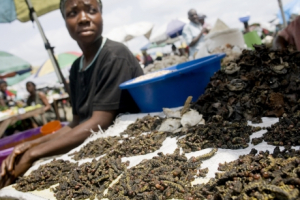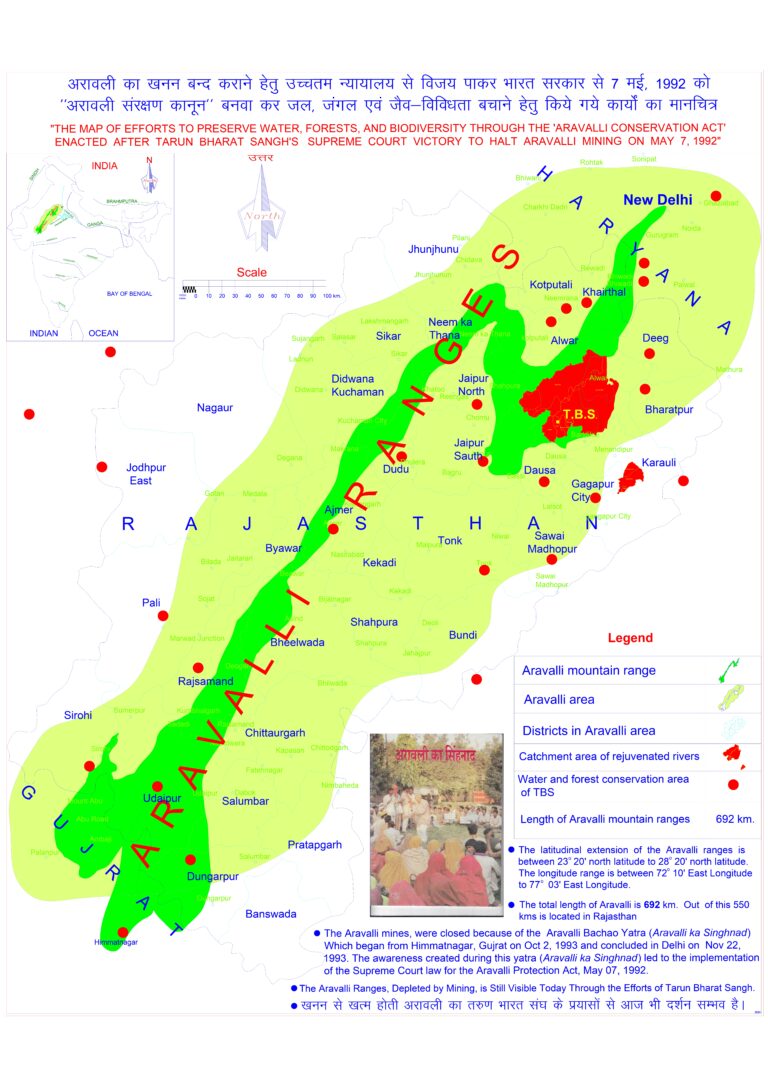
‘Worm’ up to the idea of edible insects
Four reasons why edible insects are good prospects for food security and livelihoods
More than 1 900 species of edible insects are consumed throughout the world, and they are already a nutrient-rich part of many national diets. In Asia, red palm weevils are amongst the most popular and are considered a prized delicacy in many countries.
In the Democratic Republic of the Congo, the Ngandu people get nourishment from caterpillars during the rainy months. In Europe and North America, more and more places are starting to stock these protein-filled products on their shelves. The European Union is also taking steps to standardize insects as a food source by outlining safety regulations that allow them to be sold for human consumption.

Stroll down a bustling night market in Thailand and you can spot street vendors selling aromatic and garnished bamboo worms and crickets. These delicacies are enjoyed while crisp and hot.
Whether traditional or novel in your area, here are four reasons why edible insects are getting a place on the menu:
1. They are nutritious.
Edible insects do have nutritional value. They offer energy, fat, protein and fibre and depending on the insect, can be good sources of micronutrients such as zinc, calcium and iron.
Insects can also offer an alternative protein source to conventional meats. For example, a comparison of beef and mealworms shows that whereas the amino acids and fat content of beef is higher than that of mealworms, mealworms contain comparable values of minerals and have a generally higher vitamin content.
Knowledge of the nutrient composition of edible insects is being obtained by FAO, together with the International Network of Food Data Systems (INFOODS). The FOOD/INFOODS Food Composition Databases is a global repository which includes a variety of edible insects.
2. They are environmentally sustainable.
Edible insects hold multiple advantages for the environment. For instance, insect-rearing emits considerably fewer greenhouse gases than most other animal protein sources and requires substantially less water than livestock rearing. Moreover, the land required to raise insects is significantly lower compared to animal production, and insects are very efficient at converting feed into protein. Crickets, for example, need 12 times less feed than cattle to produce the same amount of protein.
Cricket farming has developed rapidly in recent years in Southeast Asia. To ensure that the increasing supply can sufficiently respond to international food safety standards, FAO in collaboration with Thailand’s Khono Kaen University published a Guidance on sustainable cricket farming. This manual addresses knowledge gaps among cricket farmers and government agencies to ensure food safety and hygiene.
3. They offer economic opportunities.
In addition to a food source, edible insects can provide livelihood and income. Since insect cultivation requires minimal space, it is possible to practice it in urban, as well as rural areas, making insect rearing advantageous where other farming is not. Edible insects are also easily transportable and often easy to raise without in-depth training. Thus, insect rearing offers economic opportunities to those with minimal access to land, training and other resources.
The edible insect sector can provide inclusive livelihood opportunities for many around the world. FAO supports countries in their efforts to farm insects sustainably and enhance food security by supporting the development of insect-based value chains. By providing guidance for food safety assessments and best practices for rearing and consuming edible insects, FAO says it is contributing to filling knowledge gaps and facilitating a pathway for an understated food sector.
4. They are an underutilized resource.
As the world population continues to grow, food production will need to increase, inevitably putting pressure on agricultural production and limited natural resources. Innovative solutions are required to meet the global demand for protein and other nutritious food sources and insect rearing presents an opportunity to help meet these rising demands.
While acknowledging its capacity for food and nutrition security, food safety and hygiene need to be at the forefront of discussion. An FAO publication, Looking at edible insects from a food safety perspective, analyses food safety implications associated with edible insects to help establish hygiene and manufacturing practices in the sector.
Edible insects can help enhance nutrition and food security, create new livelihood opportunities and support sustainable agricultural systems. While already consumed in many parts of the world, edible insects still have great underutilized economic and nutritional potential.
Source: the FAO News and Media office, Rome
– global bihari bureau





